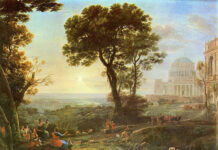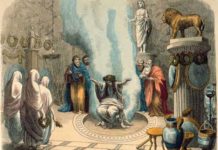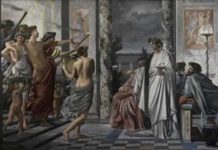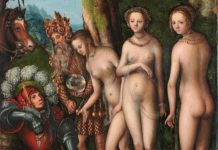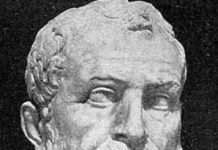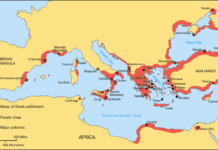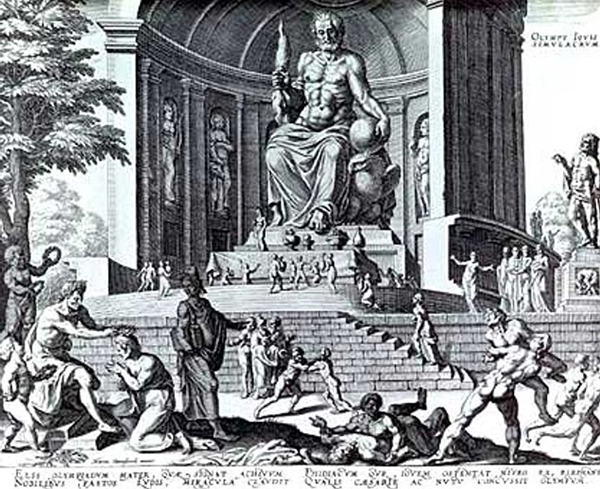
Phidias, Polykleitos, and Myron are three of the most famous names in ancient Greek art. Their reputation lives on in copies of classical sculptures.
Little is known about those who created ancient Greek art, as most were considered mere craftsmen. However, the names of a few masters from the classical era have survived through the centuries, even if their works have not.
Phidias, Polykleitos, and Myron were among those celebrated in during their lifetimes. Thanks as much to the demand for replicas of their work as to the attention of ancient historians, their legacy has not been forgotten.
Phidias and His Chryselephantine Statues
Phidias (or Pheidias) was perhaps the most celebrated artist of Greece’s golden age. An Athenian, Phidias lived during the time of Pericles in the mid-fifth century BC, when Athens’ power and cultural influence was at its height.
Phidias was especially famous for his huge chryselephantine statues (i.e., sculptures adorned with gold and ivory). His statue of Zeus at Olympia was traditionally one of the seven wonders of the ancient world. For his native city, he built the giant statue of Athena Parthenos, which stood inside the Parthenon on the Acropolis.
Polykleitos and Contrapposto in Greek Sculpture
A contemporary of Phidias, Polykleitos was also a master of the classical style. Polykleitos was credited with developing some of the central ideas of ancient Greek art.
These included an emphasis on balanced, idealized proportions, and the technique of contrapposto – having a figure shift its weight to one foot, which alternately creates a sense of dynamism or relaxation.
Polykleitos’ most-imitated sculpture was his Doryphoros (or Spear-Carrier). Unlike the stiff kouroi statues of the Archaic period, Polykleitos’ nude figure demonstrated a much more naturalistic pose.
Myron and Ancient Greek Art in Motion
Myron was another fifth-century sculptor who, building on the work of Polykleitos, masterfully represented the human body in motion. His reputation within the ancient Greek art world was based on statues depicting athletes, the most famous of which is his Diskobolos (or Discus Thrower).
However, later writers in antiquity criticized the placid expressions which Myron and his contemporaries sculpted on their figures. This reflected a change in taste, as the Hellenistic period, which followed Classicism, was characterized by statues that focused more on emotion than on balance and proportion.
What Became of Ancient Greek Art
The art of these and other ancient Greek masters is lost or fragmentary. But many copies of famous sculptures were made by the Romans, who became enamored with Greek culture during the Roman Republic. These replicas were made in marble, which could not be melted down, like the original bronze statues had been.
Also, the works of Phidias, Polykleitos, and Myron were described, and their merits debated, by Greek and Roman authors throughout antiquity. Intellectuals from Plato to Pliny ensured that even though the bronzes made by these artists did not survive, the achievements of ancient Greek art would live on.
Sources:
- Plato, Meno, ed. R.W. Sharples, Bolchazy-Carducci, 1985.
- Pliny, The Elder Pliny’s Chapters on the History of Art, trans. K. Jex-Blake, Kessinger Publishing, 2007.


